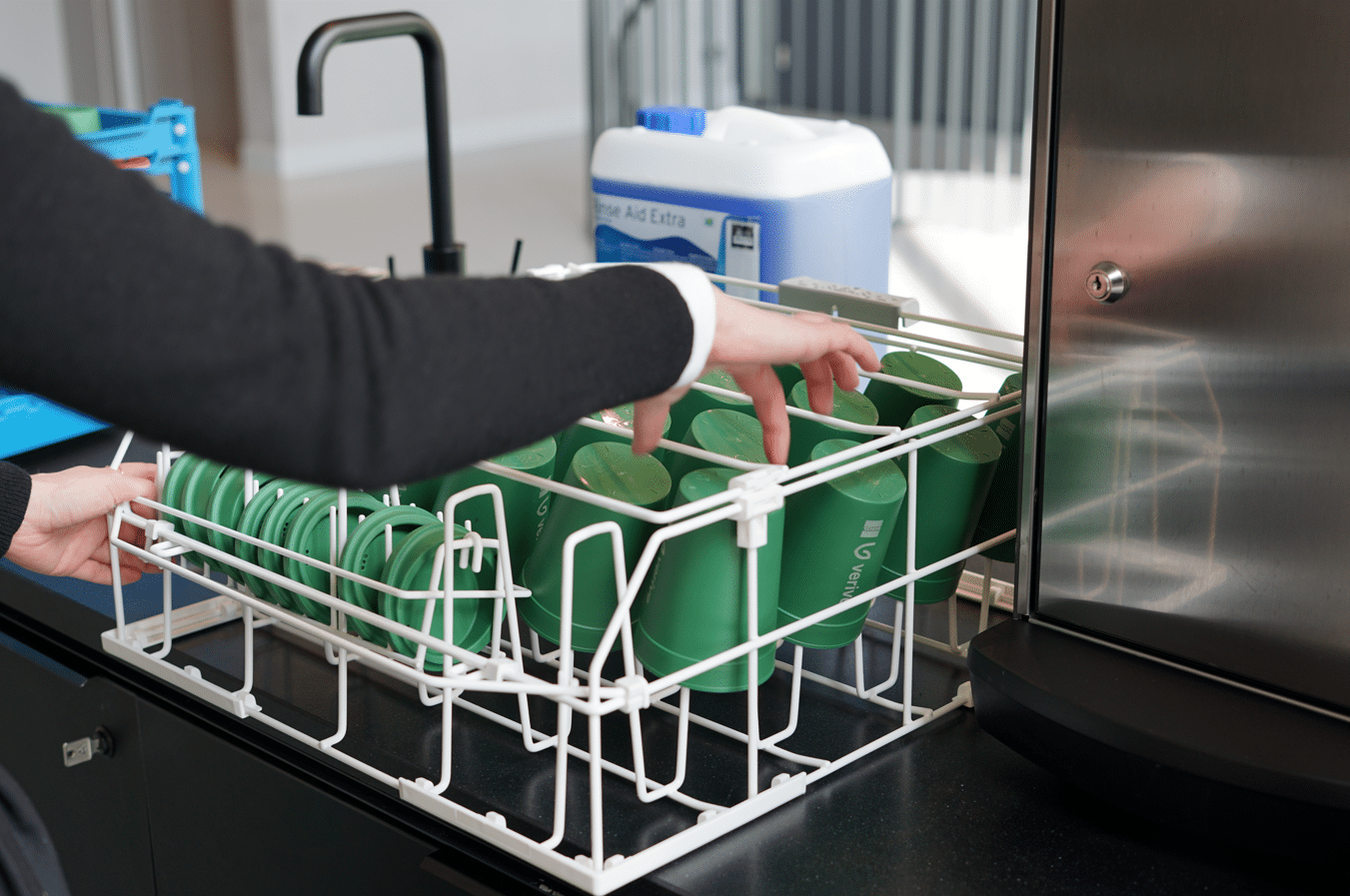About this article
Is it better to source your products and packaging locally, or globally? Local sourcing means less transportation and perhaps less carbon emissions, but there are occasions where it makes more environmental sense to source products from further afield.
Is local always best? Should you source all packaging and products from within the country you’re in, and never look further afield?
At Verive, we sometimes get asked questions on the best sourcing practices in terms of environmental impact.
Local sourcing–intuitively–seems better and more sustainable because you don’t have to transport the good so far. That must be better because you use less fuel, emit less carbon emissions, et cetera. Right?
A lot of the time sourcing your products locally makes perfect sense and is a more sustainable option. But sometimes it actually isn’t, and sourcing from further afield turns out to be kinder to the environment.
Why? Let’s take a look at some of the reasons.

What does ‘locally sourced’ mean?
What do people mean when they say locally sourced?
Does it mean that it’s sourced from the same country as the country you’re in?
If that’s the case, should we consider packaging made in California, but used in New York, locally sourced? Sourcing products from within country borders doesn’t always tell you how far that product has travelled. What if you source a product from another country, but it’s just a few miles across the border?
A good way to frame sourcing is not whether or not the product comes from within the country itself, but in how far it’s had to travel to get there. And not just how far but by what method. Different transportation methods result in different levels of greenhouse gases being emitted into the atmosphere.
This is where the concept ‘carbon miles’ comes in particularly useful.
Carbon Miles
Carbon miles is a measure that accounts for both how far and by what method a product has travelled. This allows companies to make useful comparisons.
Generally speaking, the aim should be to limit the amount of carbon miles travelled overall when sourcing your products, but there are other factors that count too.
Knowing whether or not a product is locally sourced is the start of making the right decision for you. You can tell when a Verive product is sourced locally as, helpfully, it will typically display a clear locally-sourced icon.

When is local sourcing not the best option?
Let’s take the example of sourcing a food product—tomatoes.
If you live in Switzerland and want to buy tomatoes, either locally or from Spain, where should you get them from? Using a local source means you won’t have to transport the tomatoes more than two thousand kilometres to Switzerland. So local would seem better for the environment, surely?
Well, it turns out in the case of tomatoes, the fact that Spain is famously sunny matters quite a .
To grow tomatoes in the colder climate of Switzerland requires special heated greenhouses that require energy, and this comes with an associated increase in carbon emissions. Whereas in Spain, the climate permits their growth more readily and so less human intervention is required.
When looked at as a whole, it actually makes more environmental sense to grow them in Spain and ship them across to Switzerland than to source them locally.
This is an example where variation in production methods means that sometimes sourcing from further afield allows you to benefit from the more efficient production available elsewhere. It means that overall, the environmental cost of transportation is more than accounted for by the benefits you get from sourcing from these places instead.
This can sometimes happen when a particular location produces products at a large scale, and uses techniques that result in products created efficiently.
Where efficient routes of transportation are also set up to ship the products, this also helps. If you can stack and transport many goods at a time, rather than making lots of trips, this can also be an example of an efficiency that helps the environment.
In the case of global bulk buying of wine in France, sometimes transporting products longer distances can result in efficiency savings in the logistics chain, for example.

Local sourcing is generally the preferred option for consumers
Local sourcing may be the less environmentally taxing option, but not always. There are many factors at play. One study that looked at the sustainability of food chains assessed both local and global sourcing across twenty-four separate measures of performance, spanning economic, social, ethical, health as well as environmental impacts.
It's not a simple case of splitting global and local
In this assessment (of food chains in particular), global sourcing performed higher on some attributes, on average, and local sourcing was higher for others. Locally sourced food was better for biodiversity, but when it came to environmental pollution, the study suggested globally sourced food performed better on average.
But the main finding was it’s not a simple case of splitting up between ‘local’ or ‘global’.
In actual fact lots of other factors matter. It’s important to take into account the organisations involved along the supply chain and their respective practices, and the best option will depend a lot on the specific situation.
Sustainability can appear to be complex as this issue proves, but it doesn't need to be. That’s one of the reasons why we have in-house experts who can help you in your decision-making by looking at the best options for you based on your circumstances and location— let's talk.









